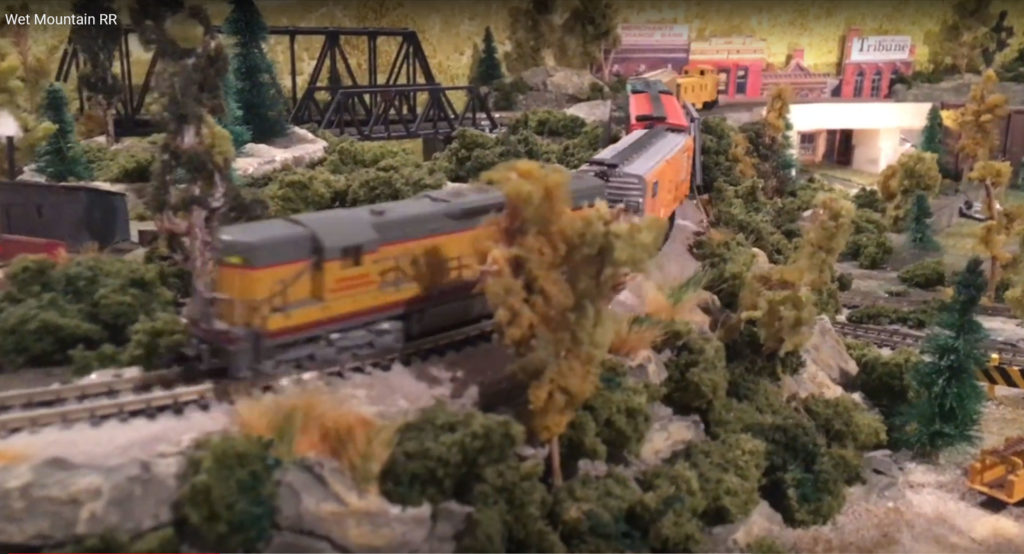
The great thing about N scale is you can do so much in a small space — in this case, 2 x 4 feet. It’s a layout that got me back into the hobby some years ago. Although I now have a much larger layout, this is still physically attached to it. I purchased the […]
Read More…
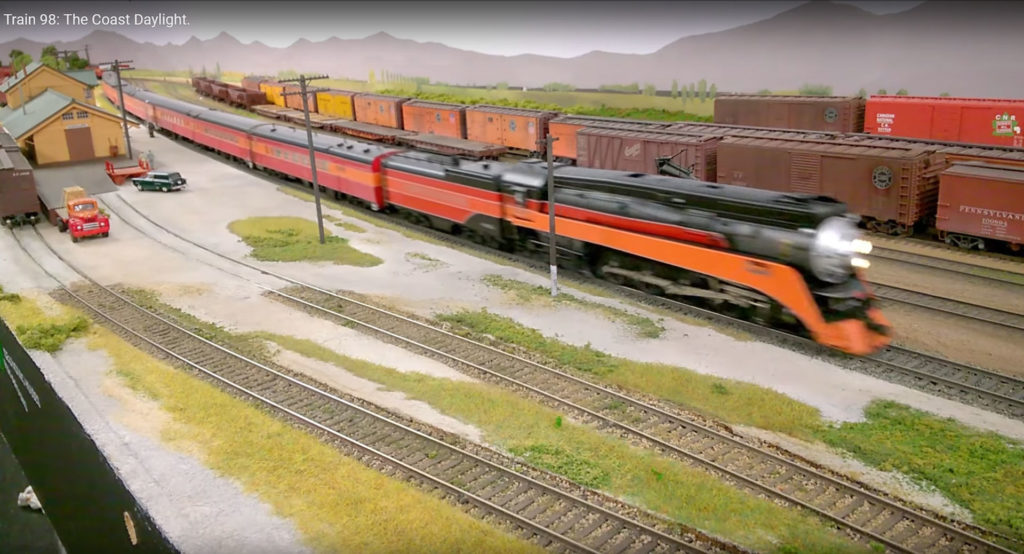
The off-peak fourteen-coach eastbound Coast Daylight storms through Guadalupe, Calif., in September 1954. Video by Brian Moore. […]
Read More…
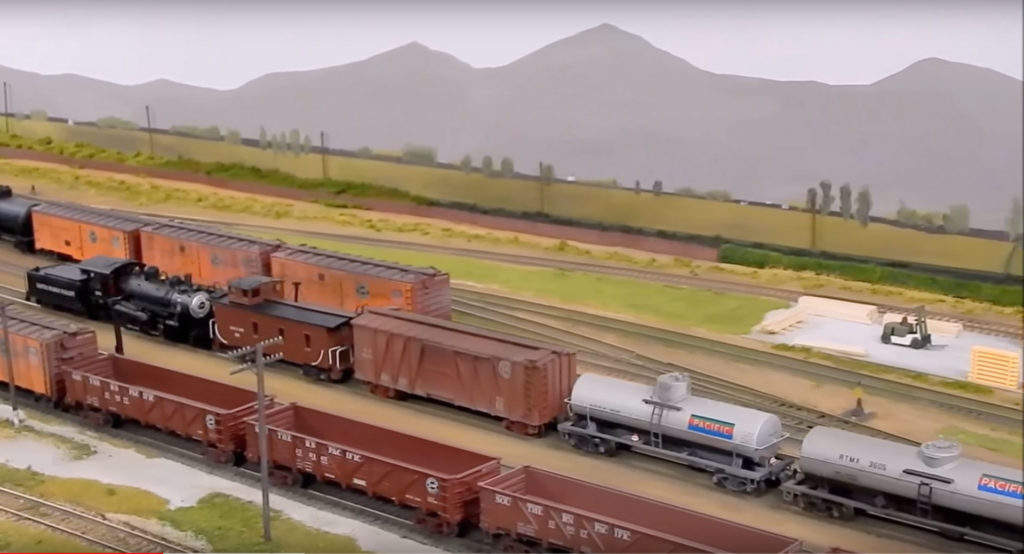
Santa Maria Valley 203 brings a cut of interchange cars into Guadalupe yard, as SP 2581 departs back to San Luis Obispo with the returning Guadalupe local on September 17, 1954. Video by Brian Moore. […]
Read More…

Santa Maria Valley 203 brings a cut of interchange cars into Guadalupe yard, as SP 2581 departs back to San Luis Obispo with the returning Guadalupe local on September 17, 1954. Video by Brian Moore. […]
Read More…
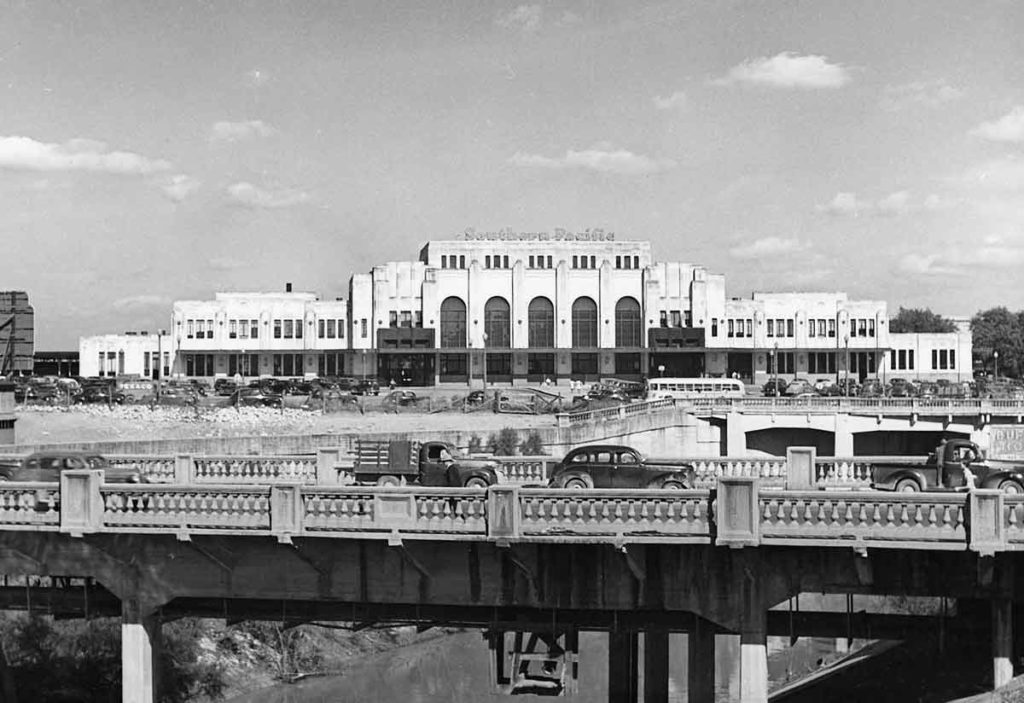
Southern Pacific built this structure, which it called Grand Central Station, in Houston in 1934 to replace an 1886 depot. But Grand Central had a short life, being razed after only 25 years to make way for a new central post office. Classic Trains coll. […]
Read More…
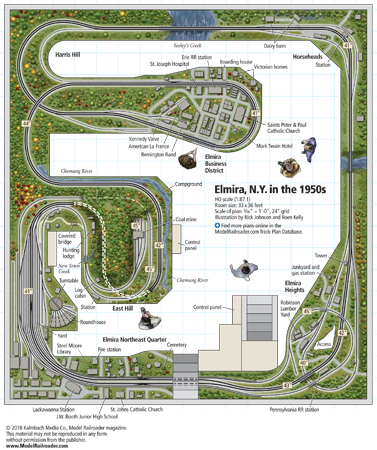
Name: Railroads of Elmira, N.Y. Layout owner: Joe Leahy Scale: HO (1:87.1) Size: 33 x 36 feet Prototype: Delaware, Lackawanna & Western; Erie RR Locale: Elmira, N.Y. Era: early 1950s Style: walk-in Mainline run: approx. 210 feet Minimum radius: 30″ Minimum turnout: no. 6 (main), no. 4 (sidings and secondary track) Maximum grade: 2 percent […]
Read More…
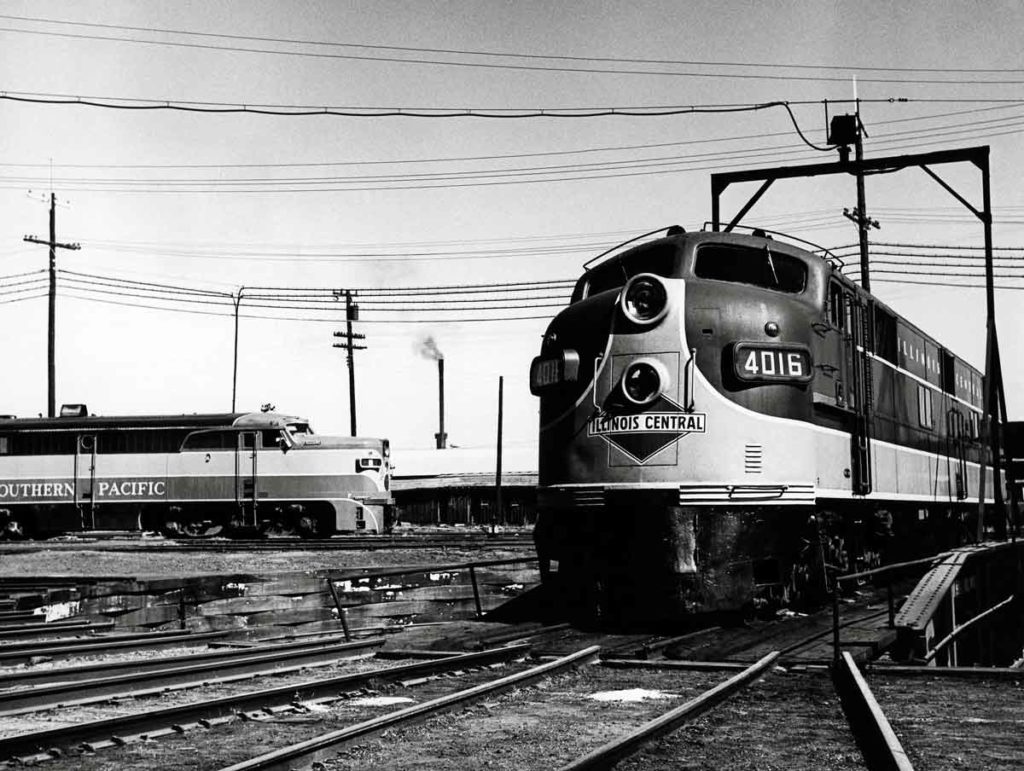
As Southern Pacific Alco PA diesels move toward New Orleans Union Station in the background, an Illinois Central E7 rides the turntable at the IC roundhouse. It’s 1954, 2 years before New Orleans Union Passenger Terminal opened. James G. La Vake photo […]
Read More…
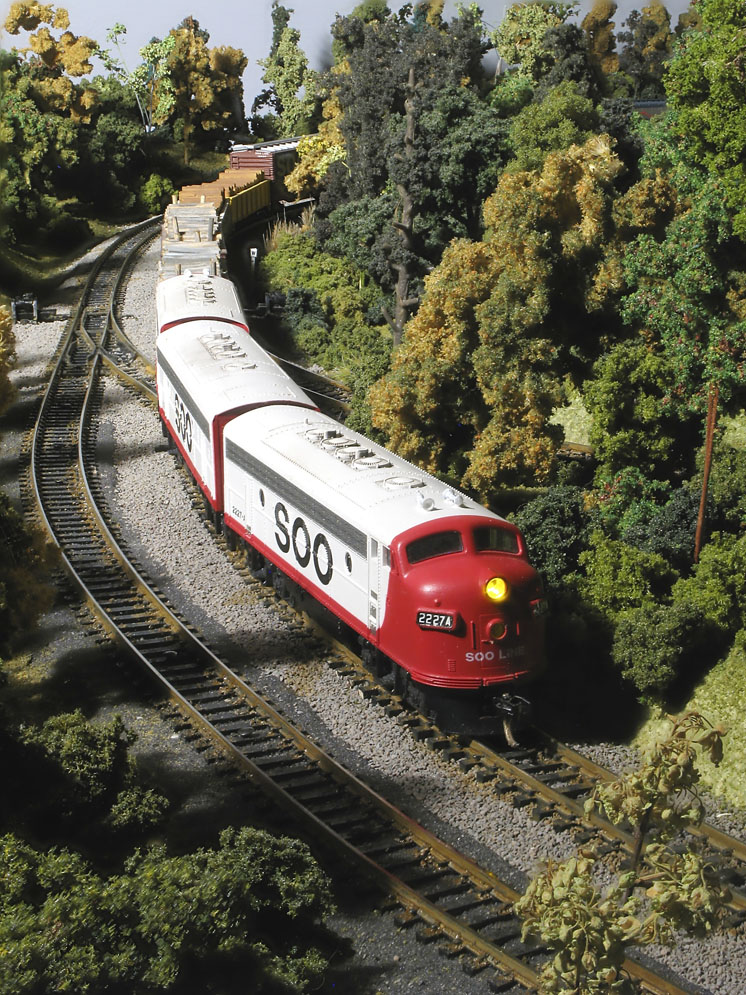
Steve Miazga’s updated N scale Missabe Junction is featured in the September 2018 Model Railroader. Check out This first article about Steve’s layout from the November 2013 Model Railroader. Steve Miazga grew up less than two blocks from the Soo Line main in Rhinelander, Wis. As a kid, he saw the Soo’s first Geeps and […]
Read More…
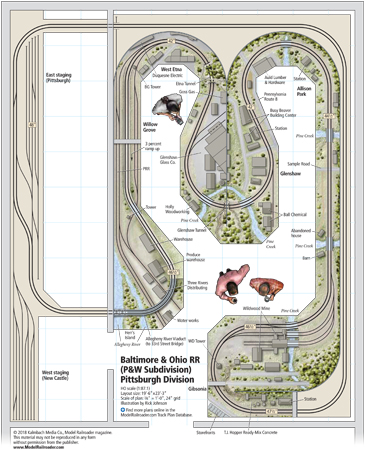
Name: Baltimore & Ohio RR, Pittsburgh Division, P&W Subdivision Layout owner: John Babcock Scale: HO (1:87.1) Size: 19′-6″ x 23′-3″ Prototype: Baltimore & Ohio Locale: western Pennsylvania Era: 1966 Style: walk-in Mainline run: 125 feet (double-track main line) Minimum radius: 24″ Minimum turnout: no. 4 Maximum grade: 3 percent Benchwork: L-girder Height: 42″ to 48″ […]
Read More…
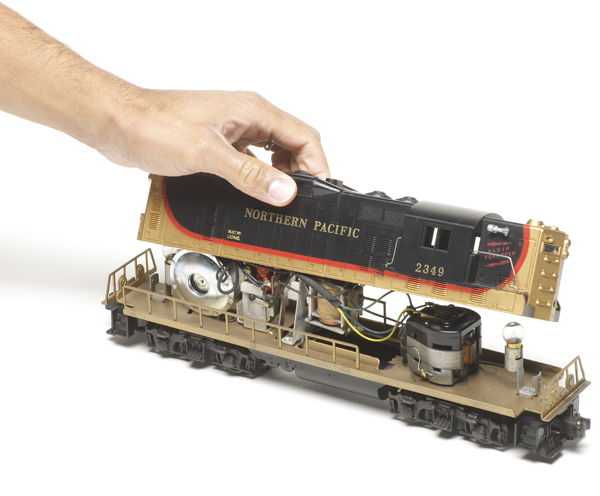
Troubleshooting vintage O gauge locomotives isn’t difficult. There are some common issues to look for when they won’t run, and most are fairly easy to fix. It happens to all of us sooner or later. You place your favorite vintage locomotive on the track, power up the transformer, and the darn thing just sits there, […]
Read More…
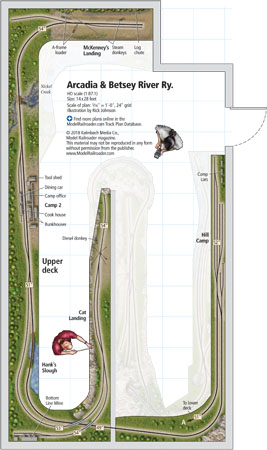
Name: Arcadia & Betsey River Ry. Layout owner: Harley “Skip” Luyk Scale: HO (1:87.1) Size: 14 x 28 feet Prototype: freelanced logging line Locale: Pacific Northwest Era: 1910 to 1957 Style: walk-in Mainline run: 74 feet (main), 87 feet (branch line) Minimum radius: 22″ Minimum turnout: no. 5 Maximum grade: 4 percent Benchwork: mix of […]
Read More…
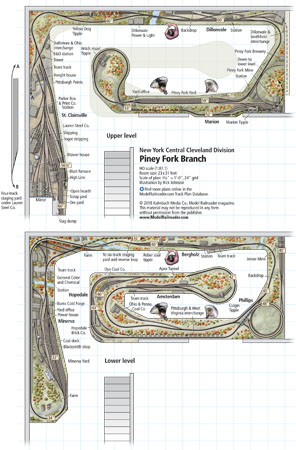
Name: Piney Fork RR Layout Owner: Seth Gartner Scale: HO scale (1:87.1) Size: 23 x 31 feet Prototype: New York Central Locale: eastern Ohio (Minerva to Dillonvale) Era: early 1960s Style: multilevel, walk in Mainline run: 260 feet Minimum radius: 24″ Minimum turnout: no. 4 (industries), o. 5 (yardns), no. 6 (main line) Maximum grade: […]
Read More…











